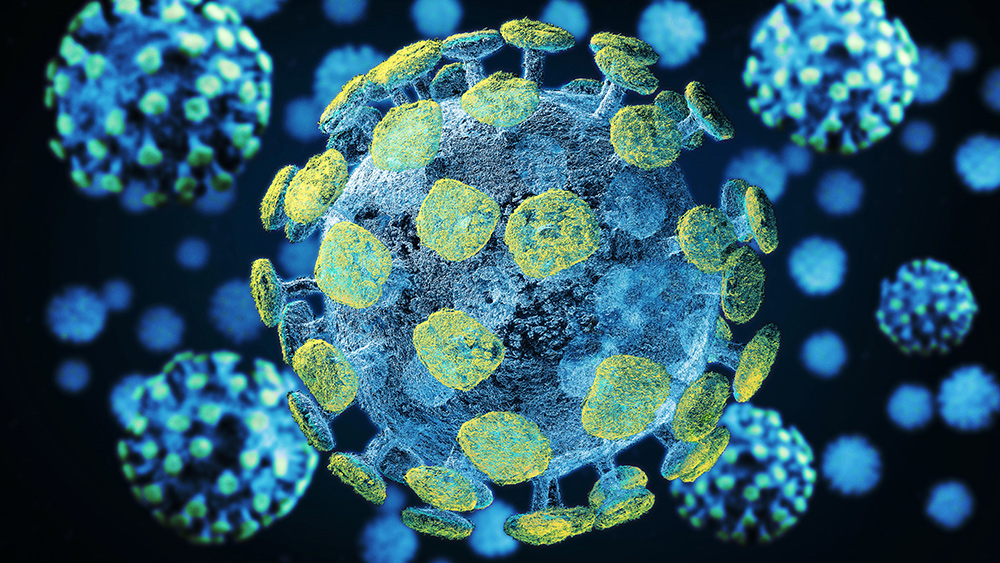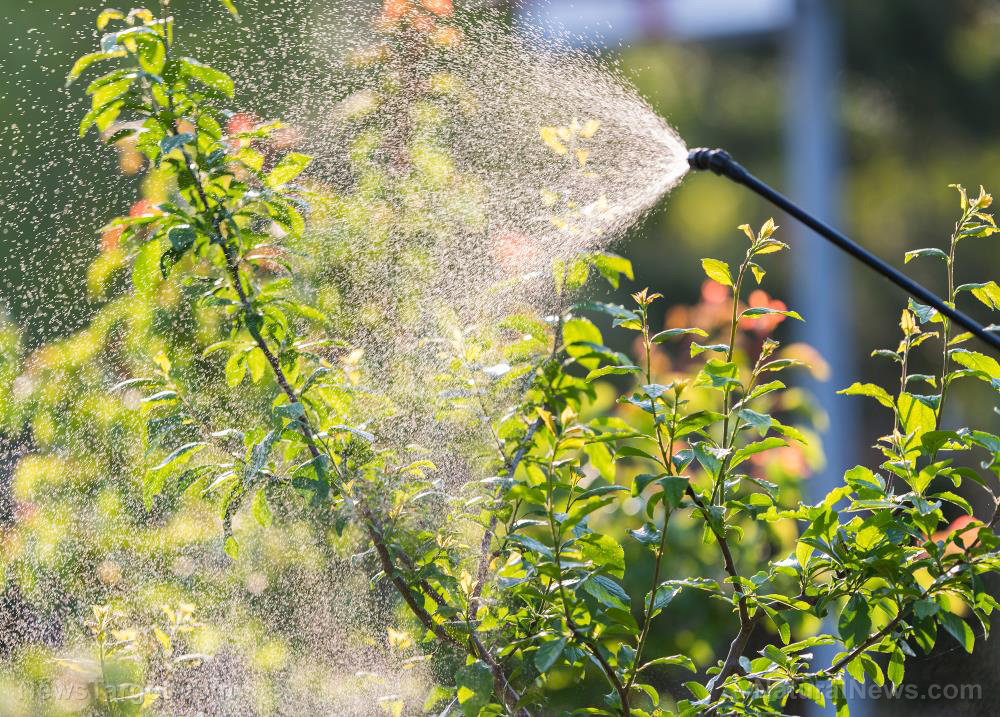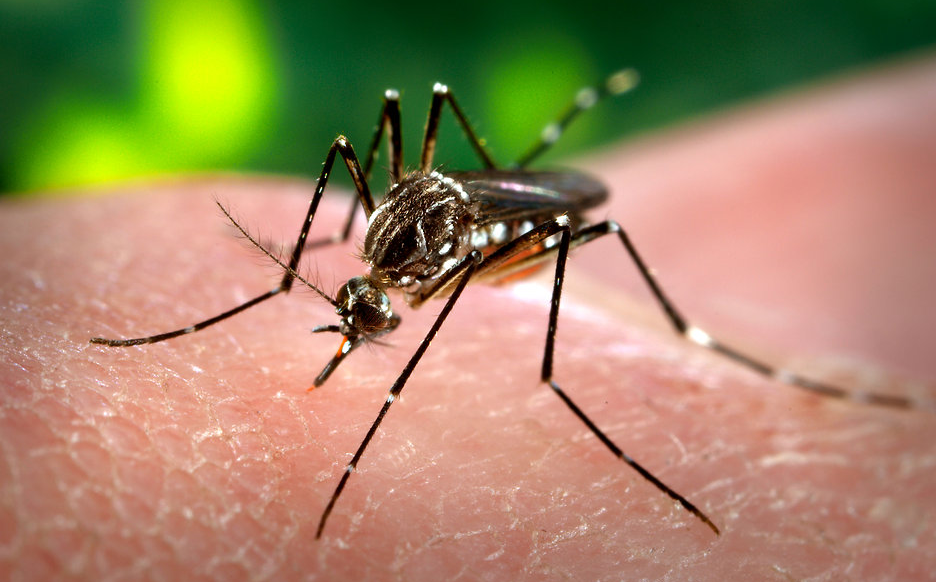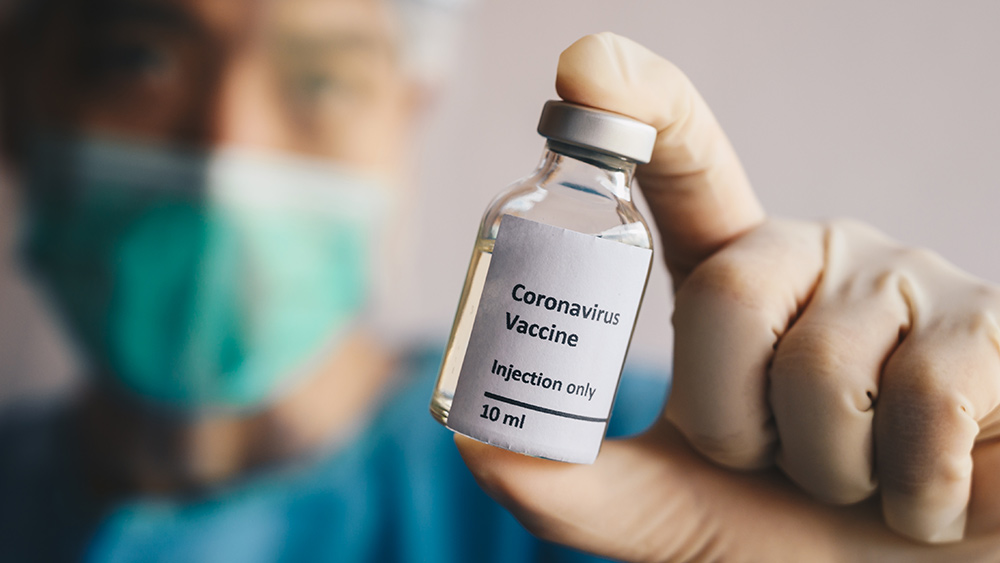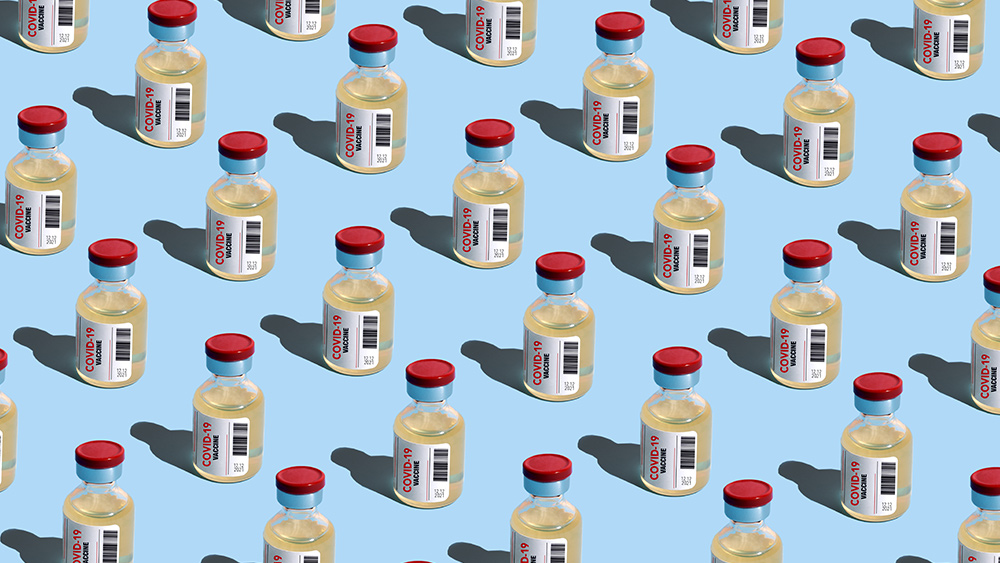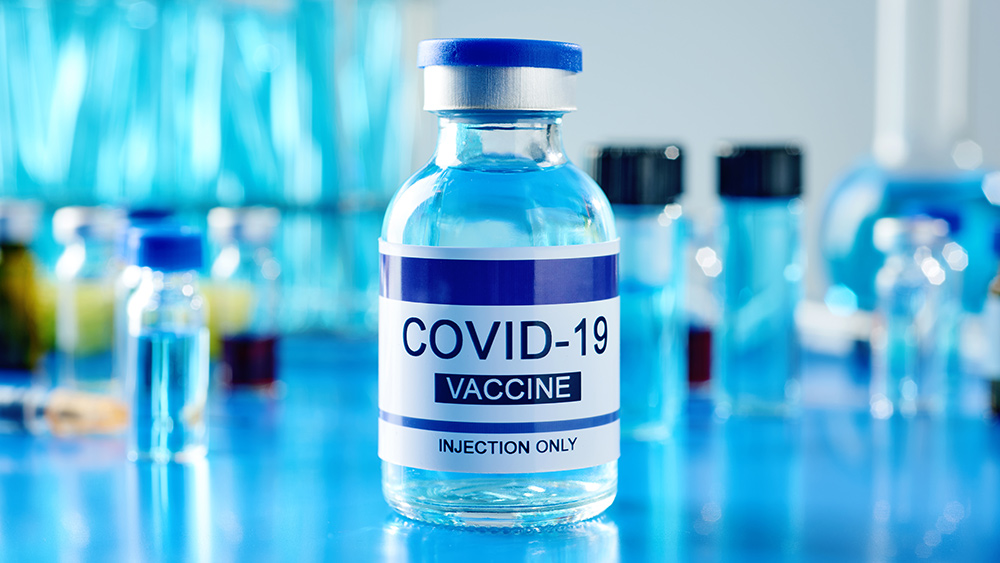Study: Long-term exposure to common air pollutants linked to higher risk of deadly blood clots
12/21/2024 / By Ava Grace
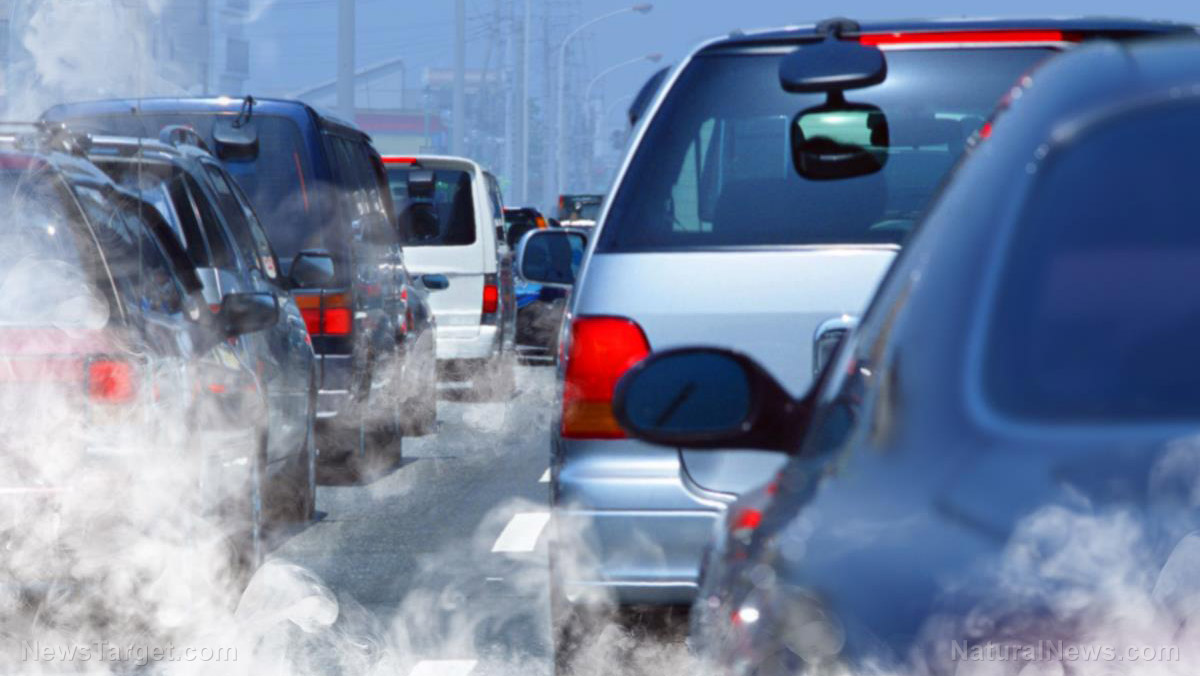
- A 17-year study of over 6,600 adults in six major U.S. cities reveals a significant association between long-term exposure to air pollutants and an increased risk of blood clots in deep veins, known as venous thromboembolism.
- The study identifies fine particulate matter, nitrogen dioxide and nitrogen oxides as the main pollutants linked to a heightened risk of VTE, with specific increases in exposure levels associated with substantial upticks in risk.
- Researchers propose that air pollution can contribute to VTE through mechanisms involving chronic inflammation and increased levels of blood clotting factors.
- With the CDC estimating up to 900,000 annual VTE cases in the U.S., this study underscores the critical need for stringent air quality regulations to reduce the risk of this potentially life-threatening condition.
- The findings emphasize the urgent need for policymakers to implement stricter environmental regulations and pollution-reducing strategies, highlighting the broader public health implications of air pollution beyond its known impacts on cardiovascular and respiratory diseases.
Researchers have uncovered a strong and troubling link between long-term exposure to some of the most commonly found air pollutants and a significantly increased risk of blood clots forming in deep veins.
This comprehensive, 17-year-long investigation, which followed over 6,600 adults across six major cities in the United States, provides stark evidence of the far-reaching impacts of air pollution on public health.
The study, published in the prestigious American Society of Hematology journal Blood, highlights the alarming connections between air pollutants and venous thromboembolism (VTE), particularly among those most heavily exposed to environmental toxins.
VTE is a condition characterized by blood clots in deep veins that can travel to the lungs and cause severe complications. VTE is now recognized as a potential consequence of air pollution exposure. (Related: Air pollution can also happen INDOORS – here’s how to spot the worst offenders.)
VTE encompasses two dangerous conditions. The first is deep vein thrombosis, which occurs when a blood clot forms in a deep vein, typically in the legs or arms. The second is a pulmonary embolism, which is when a deep vein clot breaks off and travels to the lungs, potentially blocking blood flow and becoming a danger to the life of the affected person.
The Centers for Disease Control and Prevention estimates that VTE affects up to 900,000 Americans annually, with untreated cases carrying a significant risk of serious complications and death. This makes the latest study’s findings all the more critical, as it sheds light on another potential trigger for this vascular condition.
Common pollutants linked to heightened risk of VTE
Researchers identified three primary air pollutants linked to a heightened risk of VTE: fine particulate matter, nitrogen dioxide and nitrogen oxides.
The study found that being exposed to just an extra 3.6 micrograms per cubic meter of fine particulate matter led to a 39 percent higher risk of VTE. An extra 13.3 parts per billion (ppb) exposure to nitrogen dioxide was linked to a staggering 174 percent higher risk of VTE. And a 30 ppb increase in nitrogen oxides was associated with a 121 percent higher risk of VTE.
These pollutants are pervasive in the environment, stemming from common sources like motor vehicle exhaust, smoke from forest fires and emissions from fossil fuel power plants.
“Air pollution is ubiquitous, so even modest associations can result in a large number of health events,” said study lead author Pamela Lutsey from the University of Minnesota Twin Cities.
The researchers suggest two main mechanisms. The first is inflammation. Chronic inflammation may be triggered by air pollution, creating an environment conducive to the formation of potentially deadly blood clots.
The second is blood coagulation. Exposure to air pollutants may also boost levels of clotting factors in the blood, heightening the risk of clotting.
The implications of this study are profound. While air pollution has long been associated with cardiovascular and respiratory diseases, this research extends the scope of potential health risks to encompass venous thromboembolism. It reinforces the critical need for stringent air quality regulations and pollution-reducing strategies at both national and global levels.
Learn more about the effects of air pollution on health at Pollution.news.
Watch this video about how air pollution affects health.
This video is from the Daily Videos channel on Brighteon.com.
More related stories:
Air pollution police now going after wood-burning stoves, claiming emissions are too high.
Air pollution is so depressing: New study shows high levels of particulates impact mental health.
Sources include:
Submit a correction >>
Tagged Under:
air pollutants, blood, Blood clots, blood health, blood vessels, deep veins, Ecology, embolism, environment, health science, pollutants, research, toxic chemicals, toxins, venous thromboembolism
This article may contain statements that reflect the opinion of the author
RECENT NEWS & ARTICLES
HealthScience.News is a fact-based public education website published by Health Science News Features, LLC.
All content copyright © 2018 by Health Science News Features, LLC.
Contact Us with Tips or Corrections
All trademarks, registered trademarks and servicemarks mentioned on this site are the property of their respective owners.


